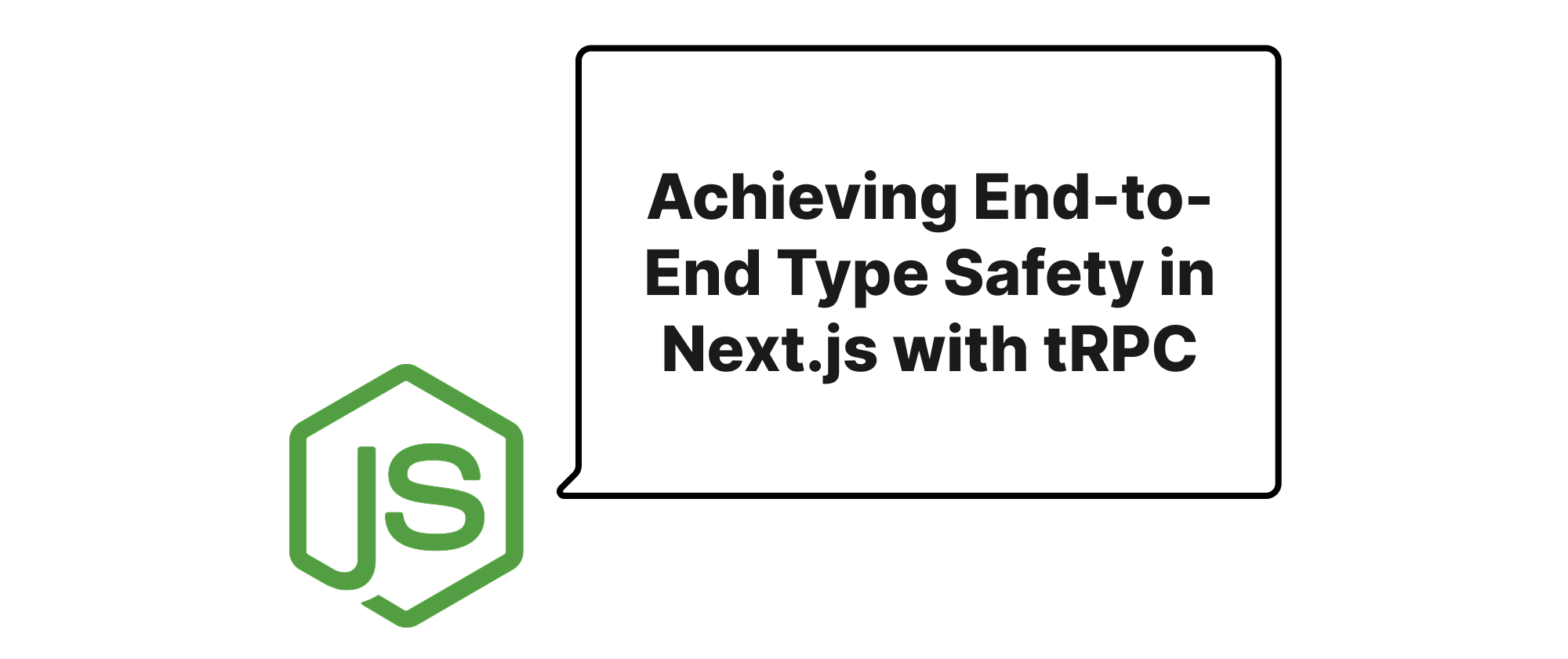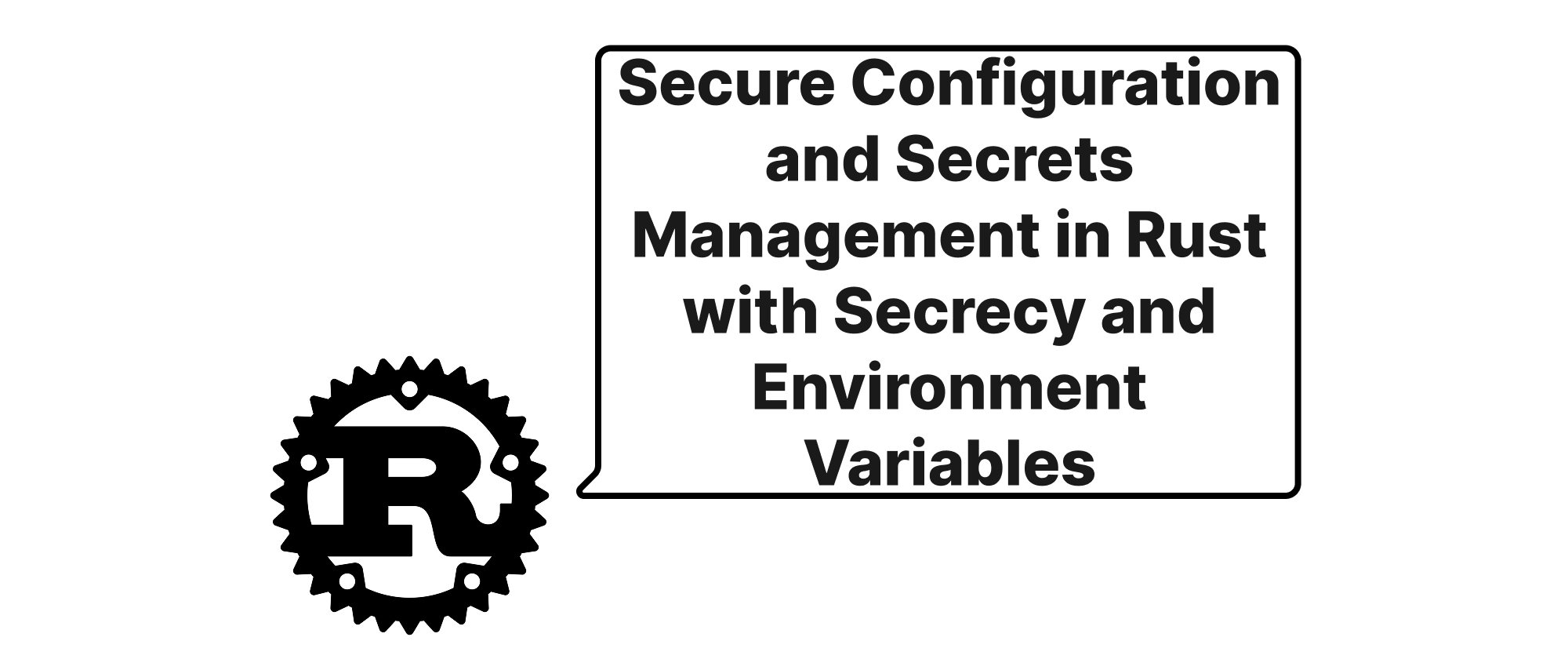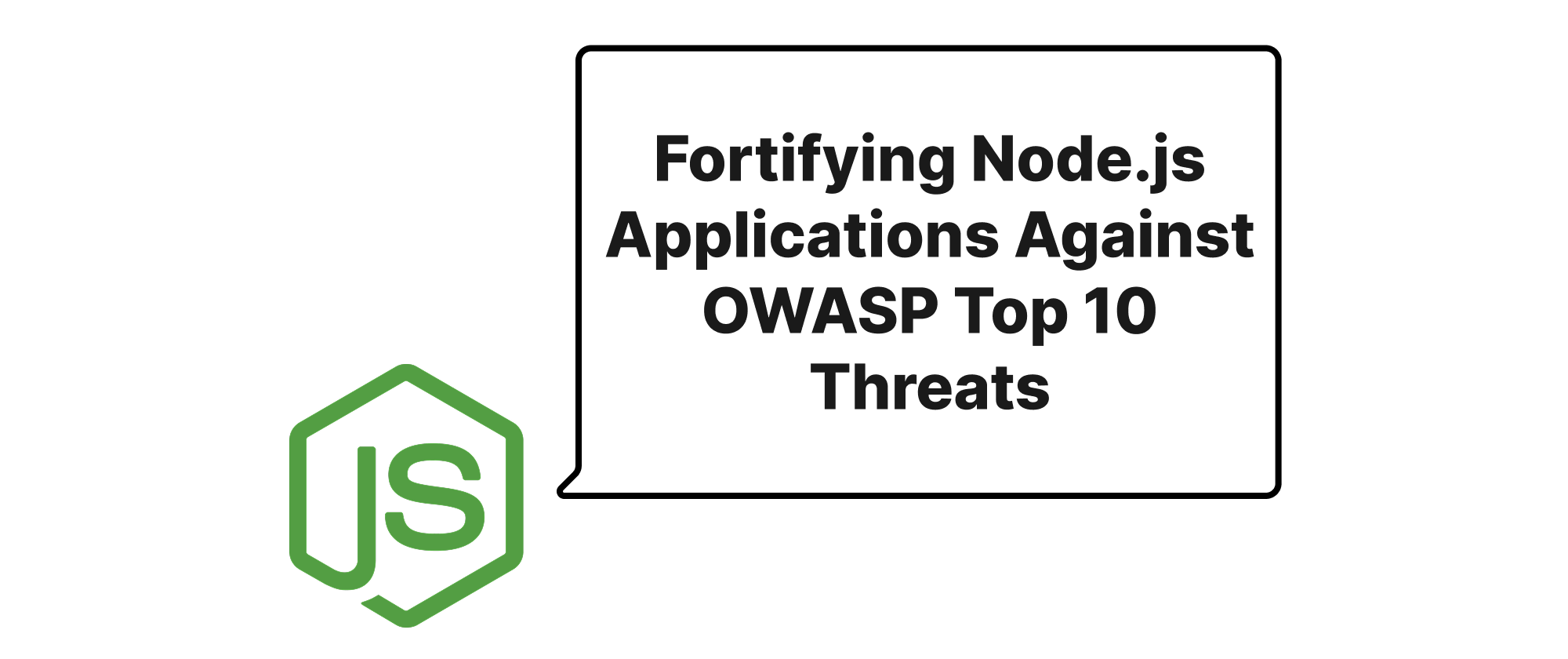Achieving End-to-End Type Safety in Next.js with tRPC
Takashi Yamamoto
Infrastructure Engineer · Leapcell

Introduction
In the world of modern web development, building robust and maintainable applications requires seamless communication between the frontend and backend. One of the persistent challenges developers face, especially when working with TypeScript, is ensuring type safety across this boundary. Traditionally, this has involved manual type definitions, code generation tools, or complex GraphQL setups, each with its own overhead and complexity. These methods often introduce a disconnect, requiring extra steps to keep frontend and backend types in sync, leading to potential bugs and a less-than-ideal developer experience. This article will delve into how tRPC, a revolutionary framework, tackles this problem head-on, offering an elegant solution for achieving end-to-end type safety between your Next.js application and Node.js backend without the need for cumbersome code generation.
Unlocking Type Safety with tRPC
To fully appreciate tRPC's power, let's first clarify some foundational concepts.
Core Terminology
- RPC (Remote Procedure Call): A protocol that allows a program to request a service from a program located on another computer on a network without having to understand the network's details. In simpler terms, it's about calling a function located elsewhere as if it were a local function.
- End-to-End Type Safety: The guarantee that the types defined in your backend (e.g., API schemas, function signatures) are automatically inferred and enforced on your frontend, eliminating type mismatches and related errors at compile time, leading to more reliable applications.
- Zero-Generation: A key characteristic of tRPC, meaning it achieves type safety without generating any intermediate client-side code files. Instead, it leverages TypeScript's powerful inference capabilities directly from your backend code.
The tRPC Principle
tRPC operates on a simple yet profound principle: leverage TypeScript's inference engine to share types directly from your backend function definitions to your frontend. When you define an API endpoint (a "procedure" in tRPC terms) on your Node.js backend using TypeScript, tRPC infers its input arguments, return type, and potential errors. This type information is then exposed to your Next.js frontend, allowing you to consume these API endpoints with full type safety, just like calling a local function.
Implementing tRPC
Let's walk through a practical example to illustrate how tRPC works.
Backend Setup (Node.js)
First, install tRPC and Zod (commonly used for schema validation):
npm install @trpc/server zod
Now, define your tRPC router and procedures.
// src/server/trpc.ts import { initTRPC } from '@trpc/server'; import { z } from 'zod'; const t = initTRPC.create(); // Initialize tRPC export const router = t.router; export const publicProcedure = t.procedure; // src/server/routers/_app.ts import { publicProcedure, router } from './trpc'; import { z } from 'zod'; const appRouter = router({ // A 'query' procedure for fetching data getUser: publicProcedure .input(z.object({ id: z.string().uuid() })) // Define input schema with Zod .query(async ({ input }) => { // In a real app, you'd fetch from a database console.log(`Fetching user with ID: ${input.id}`); return { id: input.id, name: 'John Doe', email: 'john@example.com' }; }), // A 'mutation' procedure for sending data/side effects createUser: publicProcedure .input(z.object({ name: z.string(), email: z.string().email() })) .mutation(async ({ input }) => { // In a real app, you'd save to a database console.log('Creating user:', input); return { id: 'some-generated-uuid', ...input }; }), }); export type AppRouter = typeof appRouter; // Export the router type
Next, set up your API endpoint in Next.js to handle tRPC requests. This is typically done in pages/api/trpc/[trpc].ts or directly within a Next.js App Router route handler.
// pages/api/trpc/[trpc].ts (for Pages Router) import { createNextApiHandler } from '@trpc/server/adapters/next'; import { appRouter } from '../../../server/routers/_app'; export default createNextApiHandler({ router: appRouter, createContext: () => ({ /* context for your procedures, e.g., database connection */ }), });
Frontend Setup (Next.js)
Install tRPC client libraries and React Query (commonly used for data fetching):
npm install @trpc/client @tanstack/react-query @trpc/react-query
Now, create your tRPC client and provider.
// src/utils/trpc.ts import { httpBatchLink } from '@trpc/client'; import { createTRPCReact } from '@trpc/react-query'; import type { AppRouter } from '../server/routers/_app'; // Import the backend router type export const trpc = createTRPCReact<AppRouter>(); // Infer types directly! // src/pages/_app.tsx (or layout.tsx in App Router) import { useState } from 'react'; import { QueryClient, QueryClientProvider } from '@tanstack/react-query'; import { trpc } from '../utils/trpc'; import type { AppProps } from 'next/app'; function MyApp({ Component, pageProps }: AppProps) { const [queryClient] = useState(() => new QueryClient()); const [trpcClient] = useState(() => trpc.createClient({ links: [ httpBatchLink({ url: '/api/trpc', // Your tRPC API endpoint }), ], }) ); return ( <trpc.Provider client={trpcClient} queryClient={queryClient}> <QueryClientProvider client={queryClient}> <Component {...pageProps} /> </QueryClientProvider> </trpc.Provider> ); } export default MyApp;
Consuming API Procedures on the Frontend
Now, in any React component, you can use tRPC hooks with full type safety.
// src/components/UserDisplay.tsx import { trpc } from '../utils/trpc'; import React from 'react'; function UserDisplay() { // Use the useQuery hook, types are inferred from AppRouter! const { data: user, isLoading, error } = trpc.getUser.useQuery({ id: 'a1b2c3d4-e5f6-7890-1234-567890abcdef' }); if (isLoading) return <div>Loading user...</div>; if (error) return <div>Error: {error.message}</div>; return ( <div> <h2>User Details</h2> <p>ID: {user?.id}</p> <p>Name: {user?.name}</p> <p>Email: {user?.email}</p> </div> ); } function CreateUserForm() { const createUserMutation = trpc.createUser.useMutation({ onSuccess: (data) => { alert(`User created: ${data.name}`); // Invalidate queries or refetch data if needed }, onError: (err) => { alert(`Error creating user: ${err.message}`); }, }); const handleSubmit = (e: React.FormEvent) => { e.preventDefault(); const formData = new FormData(e.target as HTMLFormElement); const name = formData.get('name') as string; const email = formData.get('email') as string; createUserMutation.mutate({ name, email }); // Input arguments are type-checked! }; return ( <form onSubmit={handleSubmit}> <h3>Create New User</h3> <input name="name" type="text" placeholder="Name" required /> <input name="email" type="email" placeholder="Email" required /> <button type="submit" disabled={createUserMutation.isLoading}> {createUserMutation.isLoading ? 'Creating...' : 'Create User'} </button> </form> ); } export default function Home() { return ( <div> <UserDisplay /> <CreateUserForm /> </div> ) }
Notice how trpc.getUser.useQuery automatically knows that its input should be an object with an id of type string and that its data will conform to the { id: string, name: string, email: string } shape from the backend. Similarly, createUserMutation.mutate expects name and email as defined in the backend createUser procedure. If you try to pass an incorrect type or miss a required field, TypeScript will immediately flag an error at compile time, long before the code ever runs. This is the magic of zero-generation end-to-end type safety!
Application Scenarios
tRPC is particularly well-suited for:
- Monolithic or tightly coupled full-stack applications: Where the frontend and backend are developed by the same team or within the same repository, making direct type sharing efficient.
- Internal Tools/Admin Panels: Where rapid development and strong type guarantees are crucial for preventing internal operational mistakes.
- Projects prioritizing Developer Experience: tRPC significantly reduces context switching and manual type synchronization efforts.
- Microservices with shared types: While tRPC shines in monoliths, it can still provide benefits in a microservices architecture if services are developed with shared type definitions.
Conclusion
tRPC stands out as an incredibly effective solution for bridging the type safety gap between Next.js and Node.js backends. By intelligently leveraging TypeScript's inference capabilities, it eliminates the need for manual type definitions or complex code generation, providing a truly seamless and delightful developer experience. With tRPC, you can build full-stack applications with confidence, knowing that your frontend and backend will always communicate with perfect type harmony. It allows developers to ship robust, error-free applications faster, solidifying its place as a powerful tool in the modern web development ecosystem.


